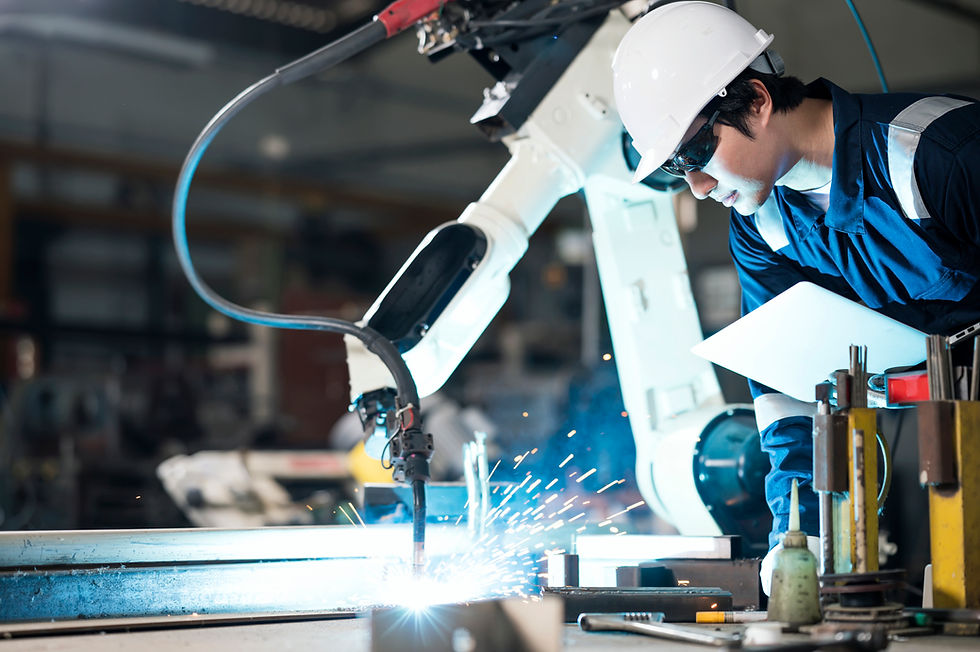Configurable Control System of a Task-Specific Robot
- hanhoang4
- Feb 3, 2023
- 3 min read
Updated: Feb 15, 2023
Development of task-specific control systems and their configuration in order to develop the most optimal solution for individualized automated construction robots.

Analyses of Hardware and Control Systems
The control system can be operated in either "manual mode" or "program mode".
Manual Manipulation
Various degree of freedom are required to control the locomotion of the robots. We analyze multiple organization and just-in-time execution of single tasks inside a controlled-environment with exploration in motion generation or position control by powerful multitasking real-time operating systems.
Program Mode
The software structure of the control system is critical to the robots to performed automated or programmed mode. A programming system forms an interface between the user and the robot control system thus motion commands are entered as text or commands using robot programming language IRL (Industrial Robot Language). The combination of manual and program are crucial to the effectiveness and accuracy to the required command or tasks.
Follow this blog as we update the various components and system analysis in order to reach our objective to develop a reliable and efficient Arobots or task-specific operation.
A few of the general automated task-specific robots categories we are currently developing and focusing on are:
Demolition Robots: The first responders. These robots are designed to demolish, remove concrete, and collect and sort other materials in a construction site automatically. These are equipped with hydraulic hammers, breakers, collectors, and crushers, and can be automated as well as programmatically controlled remotely.
Excavation Robots: These robots are designed to excavate and remove soil and other materials from a construction site. These robots are equipped with various tools such as hydraulic arms, buckets, and drills that are controlled by a computer program and can work in confined spaces where human operators cannot.
Welding Robots: An automated welding robot is designed to automate welding tasks on the construction site. These robots are guided by our BIM systems that directs the robot's movement and welding parameters. The robots are capable of welding with high precision and consistency, reducing errors and improving productivity. They are also able to work in hazardous environments or in areas that may be difficult for human welders to access.
Panelized Installation Robots: Panelized installation robots are designed to install prefabricated panels or components in a construction project. They consist of a robotic arm with a gripper that can manipulate panels, which is controlled by a computer program. These robots increase efficiency, reduce labor costs, and improve safety on construction sites by reducing the need for workers to handle heavy or awkwardly shaped panels manually.
Multi-purpose Finishing Robots: A multi-purpose and free-range finishing robot on a construction site is a type of robotic machinery that is designed to perform various finishing tasks, such as painting, plastering, and sanding. This robot is equipped with multiple tools and is able to move freely across the construction site, guided by a computer program within a BIM controlled environment. This type of robot is particularly useful for finishing tasks that require repetitive or strenuous movements, improving safety, quality, and productivity on the construction site.
Surveying Robots: An automated surveying robot is a type of robotic device that is designed to perform surveying and mapping tasks on a construction site or other outdoor environments. These robots are equipped with a variety of sensors and cameras that can collect and validate data on the site conditions, such as topography, structure, vegetation, and infrastructure. The robot is guided by a computer program that directs its movement and data collection within a BIM environment, and can work autonomously or be controlled remotely.



Comments